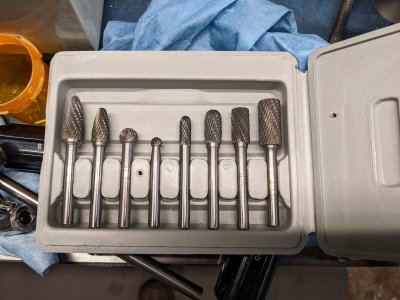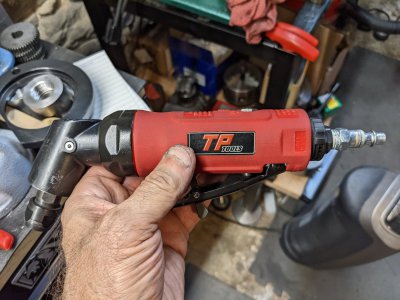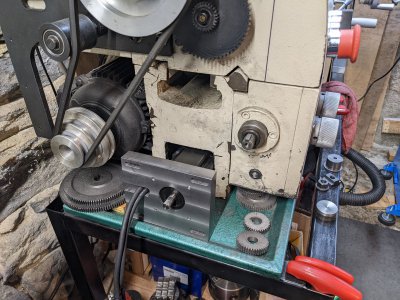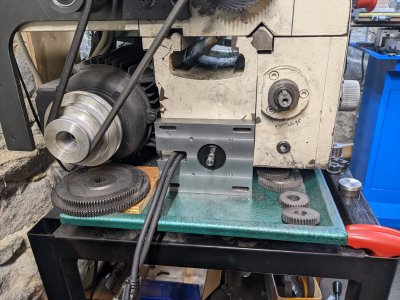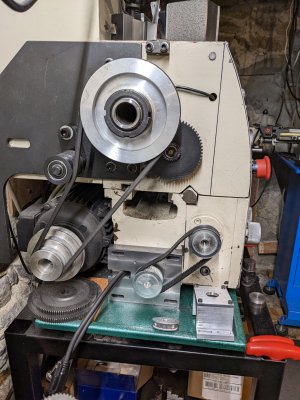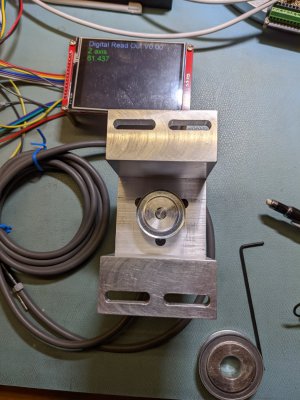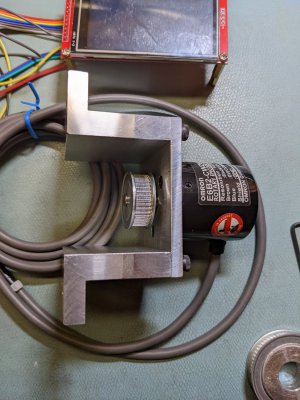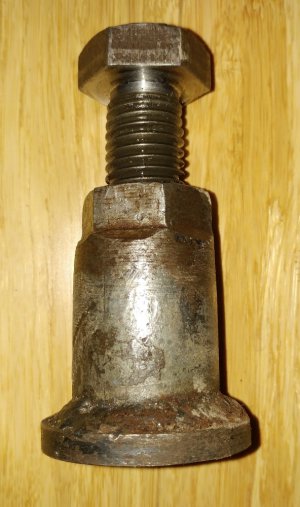- Joined
- Dec 18, 2019
- Messages
- 6,538
Steppers can't achieve their rated step rate from a cold start. They need to ramp up to that rate. If we stay in lockstep all the time, the max RPM will be limited. The encoder does have a home position so it should be possible to get the correct relationship between the lead screw and the spindle even if there was an initial slip, at least in my initial thoughts. As long as the sync is complete before cutting metal (threads) it should be ok. Haven't thought much more on this.


